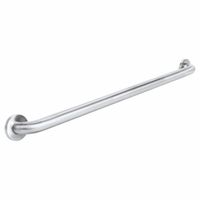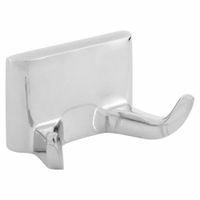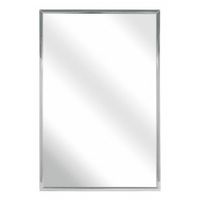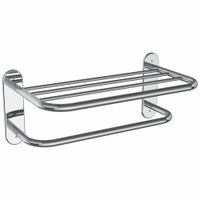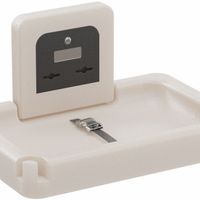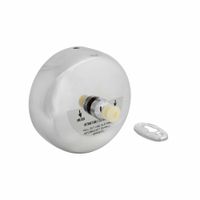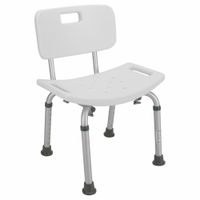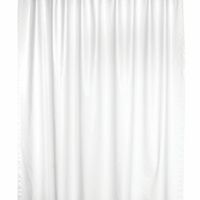Bathroom Fixtures
Bathroom fixtures include functional parts and components that enhance usability and improve restroom appearance. Bathroom grab bars attach to walls near toilets and showers to assist people when lowering and lifting themselves. Bathroom mirrors are fastened to walls in public restrooms or motels an .....Read More
Frequently Asked Questions
1. What are the best materials for bathroom fixtures?
2. How do I install bathroom grab bars?
3. What size bathroom mirror should I choose?
4. How do I maintain and clean bathroom fixtures?
5. What are the benefits of using a shower chair?
6. How do I choose the right towel bar length?
7. What is the best way to organize bathroom shelves and baskets?
8. How do I properly install a shower curtain rod?
9. What are the safety standards for changing stations?
10. How do I select the right bathroom hooks for my needs?
